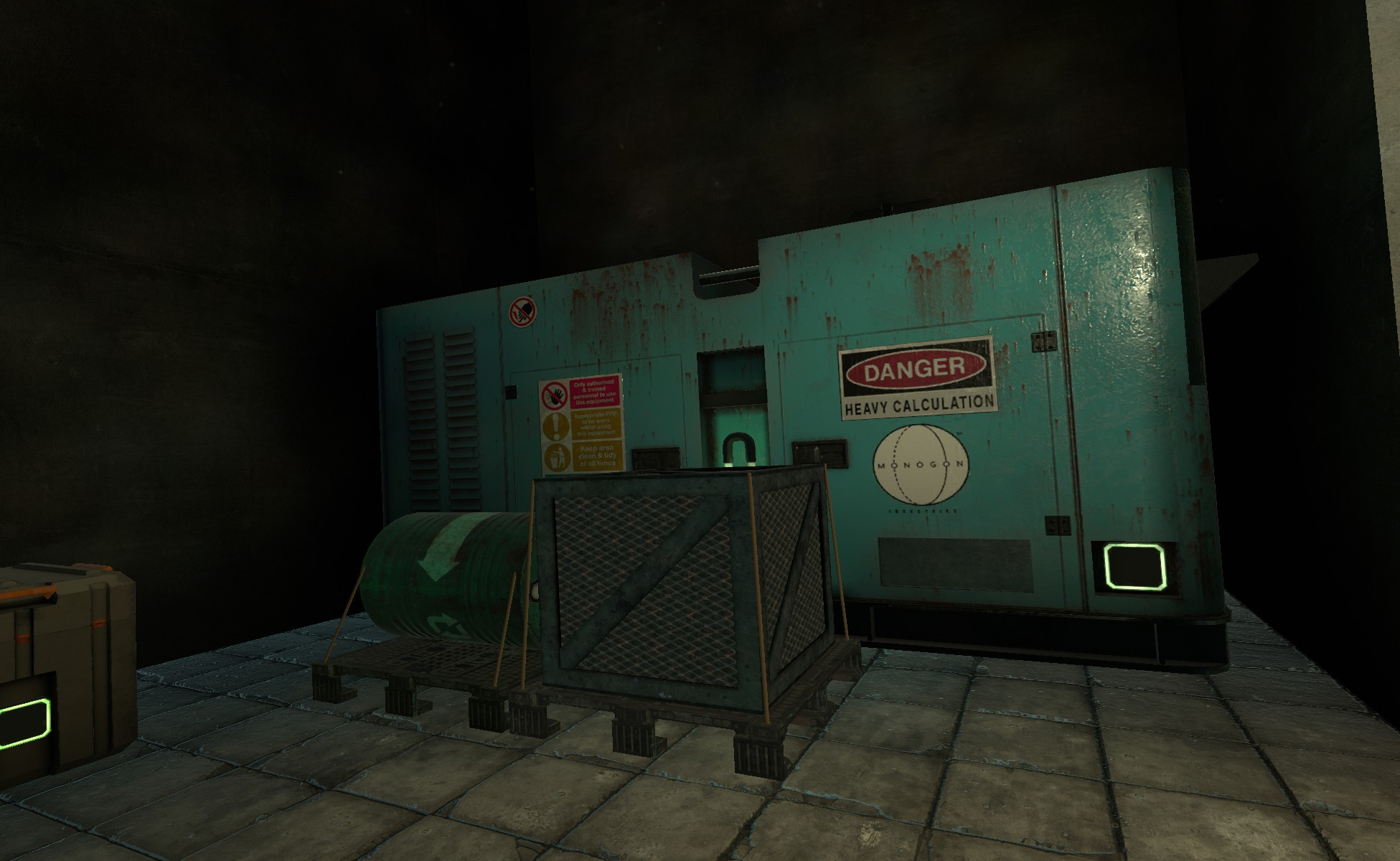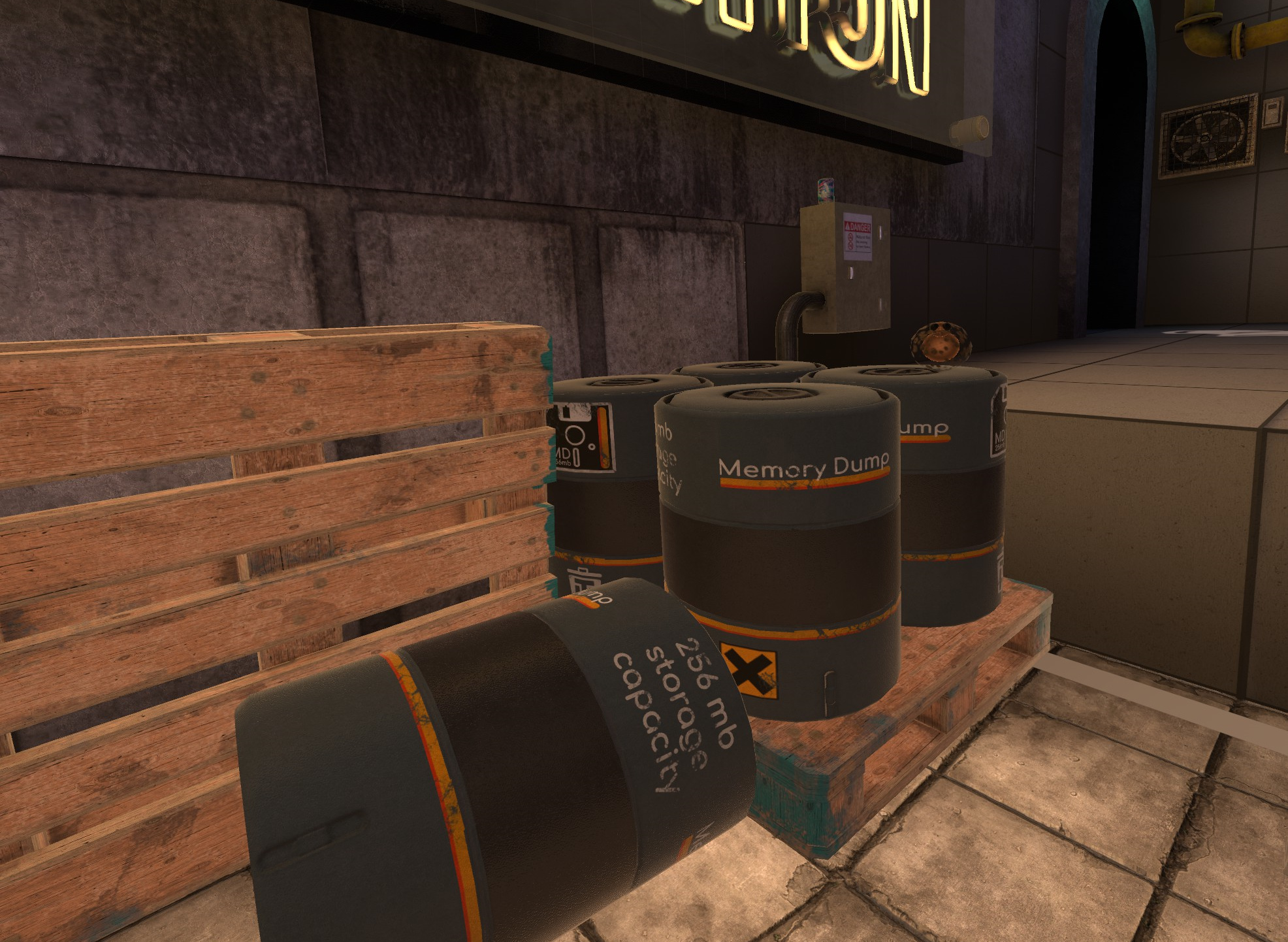or, “W.D. Gaster undercuts Undertale’s cohesiveness as a work”
When I wrote The Raphael Parable, I updated it with a little ARG. “The ARG Update”, I called it. There were scattered clues, and a puzzle, and secret notes so the diligent scavenger could piece together what really happened.
Except nothing did really happen. There wasn’t a story I wanted to tell, there wasn’t an interesting mystery to solve, there were just clues tied to more clues tied to an arbitrary ending. It was the trappings of mystery without any of the meaning.
Petscop, on the other hand, has a substantial depth to it because it keeps tying itself to reality. The viewer is given a real person recording themselves playing a game. It’s set in our world. The game itself seems to be intricately tied to real-world events; too. Disappearances, the player’s family, even the YouTube account managing the videos. Petscop tells a deep mystery story because the mystery is backed by a story: a death, an abuse, a revenge. There’s meat to the mystery.
Sans (Undertale) is a fun character. He’s spooky. He breaks an unbreakable log, he teleports, he’s figured out something about the timelines. Then there’s a fight with Sans, where he’s very tough and has a gun. Then he needed a backstory for his gun and science, and we got Gaster, who is almost those things. Gaster was a fun idea, though, so he got some extra Easter eggs. We get room_gaster, the gaster followers, Mysteryman, the wrong number song, and the sound test. He’s fun, and mysterious, and ended up carrying most of the mysterious lore bits of Undertale that were never quite explained.
 Some Games About Grief
Some Games About Grief


 Psycholonials Commentary, selections
Psycholonials Commentary, selections

 W.D. Gaster and fake depth
W.D. Gaster and fake depth